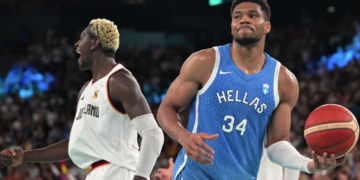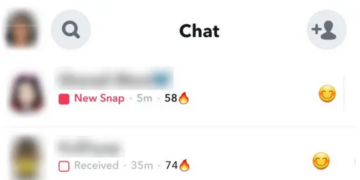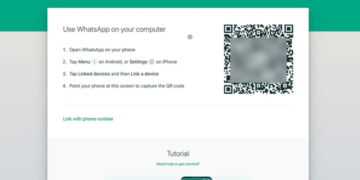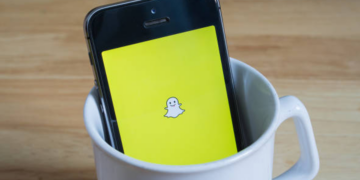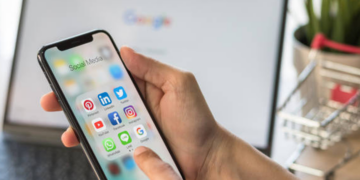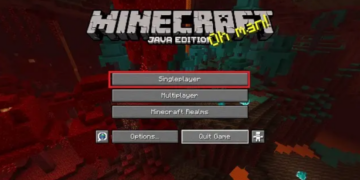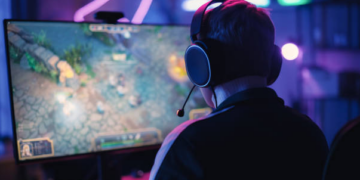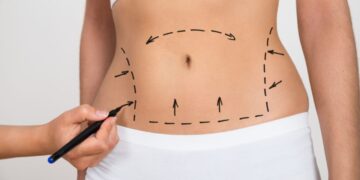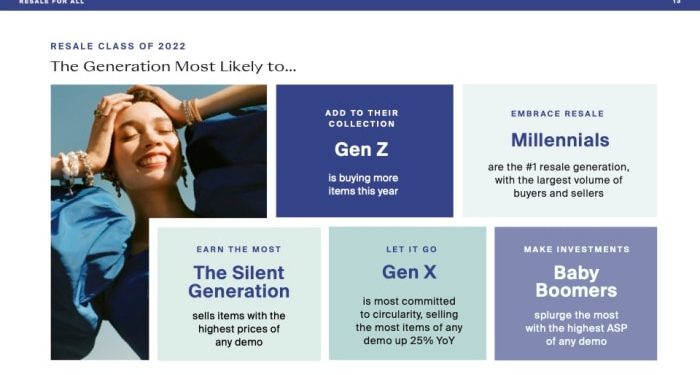In 2022, more and more shoppers bought vintage, “flipped” their resale purchases, and sought out emerging designers secondhand, according to The RealReal.
In its annual Luxury Resale Report, the platform looks at the data it’s accumulated from its customers (shoppers and casual browsers alike) to identify the biggest trends in the secondhand market, from growing categories to popular brands to new behaviors.
We know the resale market is only growing: 5.3 million new shoppers joined The RealReal in 2022, putting its total user base at over 28 million; it also saw an increase of 44% YoY in items purchased. And we know why people are increasingly shopping secondhand — sustainability, supply chain issues, prices. But some of the most interesting takeaways from the 2022 Luxury Resale Report have to do with how customers are shopping secondhand.
“We focus a lot on the shopping, which I feel like people adopted first, but more and more shoppers are reselling than ever before,” says Noelle Sciacca, senior women’s fashion lead at The RealReal. “Since the beginning of the pandemic, we’ve seen two times as many people purchase something on The RealReal, then go back and reconsign it on The RealReal.” (According to the report, the number of items found on The RealReal, then sold again on The RealReal is up 43% YoY.)
Though this “flipping” was happening pre-Covid, pandemic-lockdown closet clean-outs — plus the increased reach of the Konmari method — sent it into overdrive. Then, with the return of events, more customers will buy something special to wear, then resell it afterward to get something new for the next party, Sciacca theorizes, alluding to a behavior that was cited time and time again when rental began to take off in the fashion space in the 2010s.
“There are a lot of factors that probably played into why now people are looking at it as an investment, in a way, to bring in money, especially Gen Z,” Sciacca says. “They seem like they’re the first ones to embrace that logic on a mass scale, of making it a business for themselves.”
Read Also: Custom Scrunchies With Fun, Fashionable, and Unique Styles
There are some other interesting findings along generational lines: Gen X resells the most, and Gen Z resells the fastest. (“For their Instagram or TikTok moments, maybe wearing something and circling it back — they’re a bit more agile in that space,” she says.) Millennials treat it almost like another social media feed, as a source for new content to consume.
“They’re the ones visiting the site the most — which, that’s true, I am, but I work here. All my coworkers and friends, know the time products are released on the site, so they refresh their feeds and check their wait lists twice a day, every day. That also plays into why we have so many repeat eyeballs: It’s, in a sense, your Instagram feed or your TikTok For You page — what’s this serving me now, what new content, what new product?”
That behavior spills over into Gen Z, as “that demo also is more comfortable with the gamification of shopping” says Sciacca. “Obsessions [The RealReal’s bookmarking feature] has grown tremendously over the last year. It’s something that you could also share; you’re almost creating little shopping lists or registries with your friends so that people can keep their eyes out. It’s creating that community aspect, especially among the younger demographics.”
Together, Gen Z and Millennials make up 41% of RealReal’s customer base. Gen Z is buying women’s clothing (especially mini-skirts), watches, and pendants; they’re selling women’s clothing (with Prada and Reformation flagged as top brands) and women’s shoes.
Millennials are buying women’s clothing (with pants being a big category), watches, and unbranded engagement rings; they’re selling women’s clothing (with Zimmermann and Brunello Cucinelli flagged as top brands) and women’s shoes.
“Gen Z is a demo we’re looking into pretty closely, especially as they step into their spending power,” Sciacca says. “One thing that we’re excited about is that they’re embracing some of our fastest-growing categories. Vintage handbags used to be our bread and butter within the vintage category, but that’s completely shifted into vintage ready-to-wear.
As our offering has grown, so has demand for that product. Those younger demos are going after the John Galliano-era Dior, and you’re seeing vintage embraced by the people they look up to as style influencers — the Bella Hadids of the world, Olivia Rodrigo wearing a vintage Chanel suit to the White House. The people they look up to are embracing it, and it’s something they seem to be opening up to more.”
Within the vintage category, which is up 439% YoY, The RealReal has seen a growing interest in specific designers and eras — Sciacca mentions Jean Paul Gaultier and Dior by John Galliano as two big ones — as well as “true vintage brands that you’re not hearing anything about in the mainstream market,” like Mary McFadden and Bob Mackie. “Maybe they’re drawn to the designs, but then are learning about the history of fashion and craft,” Sciacca says. “It’s also a testament to the craftsmanship of those pieces because they’re significantly older; the fact that there’s still a lot of life to be had in them is exciting to see.”
Sciacca highlights the 2000s as a particularly strong era among the 2022 customer, responsible for so many of the most sought-after pieces on The RealReal: Roberto Cavalli handkerchief dresses and skirts, Balenciaga Moto bags, logo-heavy Dior.
“We always see that impact of something that happens in a cultural moment or a celebrity sighting. People come to The RealReal almost immediately for it,” she says. “They see the Gucci Blondie on the runway, and they’re not going to necessarily wait for it to come out six months from now — they want that instant gratification, so they come to The RealReal.
When we see Cardi B wear head-to-toe Dior by John Galliano, people are like, ‘Oh, what’s that? I can get that on The RealReal. When Beyoncé talked about the Telfar bag [in “Renaissance”], searches for Telfar increased significantly. When Rihanna wore that pink Chanel coat to announce her pregnancy, we got that coat not that long after, and the times that were added on wait lists… It’s happening increasingly.”
Some of the most in-demand vintage-inspired, runway-approved silhouettes include geometric bags (up 352%), platform pumps (up 310%), mini dresses (up 157%), Mary Janes (141%) and mini skirts (110%).
Handbags are, of course, still big for The RealReal, especially with so many of the most pervasive “It” bags of the year being ones from the past. Aside from the Gucci Blondie surge, Louis Vuitton’s Onthego is its best seller, while Saint Laurent’s Le 5 à 7 Hobo is its fastest seller, and Balenciaga’s Le Cagole is the most wait-listed. The Hermès Birkin 25 has the highest resale value.
Watches also continue to be popular on The RealReal, thanks in part to supply chain issues in the primary market. “I know Rolex has had restraints on how many things it’s putting out; people didn’t want to wait, so it drove people to find them in resale, where maybe they wouldn’t have looked previously,” Sciacca says. She also cites accounts like @dimepiece.co in bringing more awareness and appreciation for watches among consumers who maybe weren’t wearing them as much before.
The RealReal found that its shoppers don’t stick to traditional gendered categories when it comes to watches; in terms of brands, Gen Z is drawn towards Cartier, while Millennials are going towards Patek Philippe.
In 2022, the biggest brands on The RealReal are Gucci (with demand up 24% YoY), Louis Vuitton (which dropped from first to second place this year), Prada, Dior, Saint Laurent, Hermès, Fendi, Burberry, and Balenciaga.
Even though it rounds out the top 10, Balenciaga has had a strong year on The RealReal, seeing a 41% YoY growth in demand, especially among the coveted Gen-Z customers. Its sunglasses and women’s leather jackets have been doing very well on the platform, and its bags are the top driver of gross merchandise volume, per the report.
Dior has also had some wins in 2022. The brand’s popularity among Gen X and Boomers is up 31% YoY, with mainstay pieces — like its Book Tote, bucket hats, and sneakers — all growing in demand. The same goes for its menswear, which is up 74% YoY. Dior has benefitted from the ongoing vintage resurgence, with pieces from the Galliano years and its fine jewelry also favored by shoppers.
Also growing on The RealReal is an interest in emerging designers, such as ERL (up 358%), Gypsy Sport (292%), LaQuan Smith (203%), Telfar (141%), Bode (131%) and Aimé Leon Doré (116%). The platform also highlights Khaite, Toteme, Casablanca, Martine Rose, and Nanushka as having rising resale value.
“People come to The RealReal because it’s this sense of discovery, and emerging brands play into that,” says Sciacca. “A lot of people are being exposed to names they might not have otherwise been exposed to — indie designers from New York or L.A., like LaQuan Smith, Bode, and ERL — and it’s exciting to see demand for those increase. As we grow our supply, we’re keeping our eye on that, across all categories. It’s nice to be able to use this platform for brands that have much smaller communities, and be able to give them that kind of exposure.”
Source by fashionista.com








